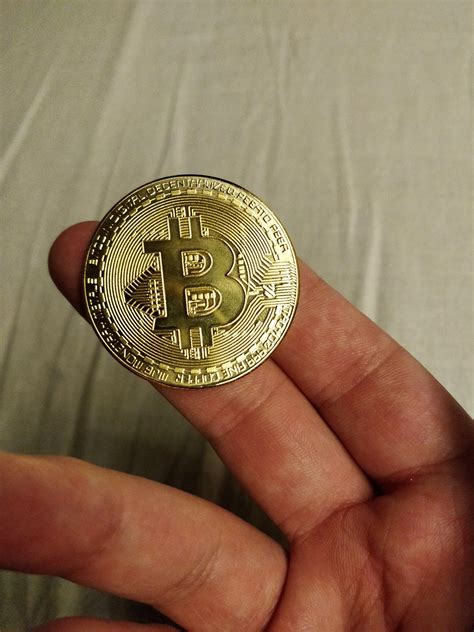- تاریخ انتشار : سه شنبه ۲۳ بهمن ۱۴۰۳ - ۱۵:۰۸
- کد خبر : 1346 چاپ خبر
Bitcoin: What does the block time represent?
Understanding Block Time in Bitcoin: Clearing Up a Misconception In the cryptocurrency world, you often hear the term “block time” used interchangeably with “block timestamp.” However, there is an important distinction to be made between these two terms. In this article, we will dive deeper into what block time actually represents and why it is
Understanding Block Time in Bitcoin: Clearing Up a Misconception
In the cryptocurrency world, you often hear the term “block time” used interchangeably with “block timestamp.” However, there is an important distinction to be made between these two terms. In this article, we will dive deeper into what block time actually represents and why it is not simply equal to its timestamp counterpart.
The Misconception: Block Time = Block Timestamp
At first glance, it may seem logical that a block’s timestamp represents the second at which the block was found. However, this assumption is flawed. A block’s timestamp is determined by the time at which the block itself was created and added to the blockchain. This process involves multiple nodes verifying and agreeing on the state of the blockchain, but it does not directly correlate to the exact moment at which a particular block was “found” or discovered.
The Reality: Block Time = Processing Time

Bitcoin’s decentralized consensus mechanism relies on the collective power of network participants (nodes) to validate new blocks. The point in time at which a block is created and added to the blockchain is called the processing time, not the timestamp. This processing time can be affected by several factors, such as network congestion, node availability, and computational efficiency.
In fact, Bitcoin’s developers intentionally designed block time to allow for some variation in processing times between different nodes on the network. This ensures that the block is added to the blockchain at a consistent rate, even if there are significant differences in computational speeds or available bandwidth between participating nodes.
Why Block Time Matters
Understanding block time is essential to understanding how the decentralized Bitcoin network works. By recognizing that block time is not simply equivalent to its timestamp counterpart, we can better appreciate:
- Network latency: The delay between when a block is created and added to the blockchain affects the overall speed of transactions on the network.
- Node contention
: Variations in processing times between nodes can lead to increased congestion and slower transaction completion times.
- Consensus protocol overhead: Bitcoin’s proof-of-work (PoW) consensus algorithm requires nodes to validate new blocks before adding them to the blockchain, which introduces some delay.
Conclusion
In short, block time is not simply equal to its timestamp counterpart in Bitcoin. Instead, it represents the processing time in which a block was created and added to the blockchain by multiple network participants. This distinction highlights the importance of considering block time when analyzing throughput, latency, and overall efficiency of cryptocurrency transactions.
As we continue to explore the complexities of cryptocurrency networks, understanding the nuances between block time and timestamp is crucial to developing effective strategies to improve network performance and reduce latency.
لینک کوتاه
برچسب ها
- نظرات ارسال شده توسط شما، پس از تایید توسط مدیران سایت منتشر خواهد شد.
- نظراتی که حاوی تهمت یا افترا باشد منتشر نخواهد شد.
- نظراتی که به غیر از زبان فارسی یا غیر مرتبط با خبر باشد منتشر نخواهد شد.
ارسال نظر شما
مجموع نظرات : 0 در انتظار بررسی : 0 انتشار یافته : 0